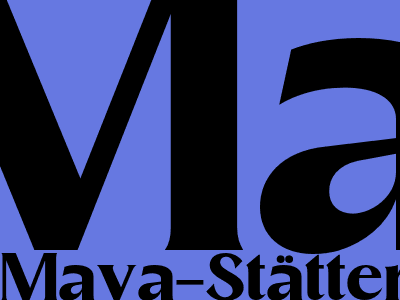
Discovering Hidden Maya Sites with Lidar Technology
Unveiling the Secrets of Ancient Civilizations
Lidar technology is revolutionizing the field of archaeology, providing unprecedented insights into the hidden secrets of ancient civilizations. In the realm of Maya history, lidar has played a pivotal role in uncovering previously unknown sites and shedding light on the vast reach and complexity of this enigmatic culture.
Lidar's Role in Maya Archaeology
Lidar (Light Detection and Ranging) is a remote sensing technology that uses laser pulses to map the surface of the Earth. By bouncing laser beams off objects and measuring the time it takes for them to return, lidar creates highly detailed three-dimensional images of the landscape.
In Maya archaeology, lidar has proven to be a game-changer. Its ability to penetrate dense vegetation and reveal hidden structures has enabled researchers to identify previously undetected Maya settlements, roads, water management systems, and ceremonial complexes. Lidar data has also provided valuable insights into the Maya's agricultural practices, trade networks, and environmental impact.
Uncovering Vast Maya Network
One of the most significant contributions of lidar technology to Maya archaeology has been its revelation of the vast extent of Maya settlements. Lidar surveys have revealed that the Maya civilization was not confined to a few isolated city-states but rather consisted of a vast network of interconnected urban centers, villages, and rural settlements spread across the Maya region.
Insights into Urban Planning
Lidar data has also provided unprecedented insights into the urban planning of Maya cities. By mapping the layout of streets, plazas, and buildings, lidar has revealed the sophisticated designs and intricate organization of Maya urban centers. These findings have challenged traditional assumptions about Maya cities as being haphazardly developed and have highlighted the advanced architectural and engineering skills of the Maya.
Revealing Agricultural Techniques
Lidar technology has also shed light on the agricultural practices of the Maya. By identifying terraces, drainage systems, and irrigation canals, lidar data has provided evidence of the Maya's advanced farming techniques and their ability to sustain large populations in challenging environmental conditions.
Preserving Maya Heritage
Beyond its archaeological value, lidar technology is also playing a crucial role in preserving Maya cultural heritage. Lidar data can be used to create detailed digital models of Maya sites, providing a valuable tool for documentation and monitoring. These models can help to identify endangered structures, plan conservation efforts, and educate future generations about the legacy of the Maya civilization.
Conclusion
Lidar technology has revolutionized Maya archaeology, unlocking a wealth of new insights into the hidden secrets of this ancient civilization. Its ability to penetrate dense vegetation and reveal concealed structures has led to the discovery of vast Maya settlements, provided unprecedented glimpses into urban planning, and illuminated the agricultural techniques of the Maya. Lidar is not only transforming our understanding of the Maya but is also contributing to the preservation of their cultural heritage for future generations.